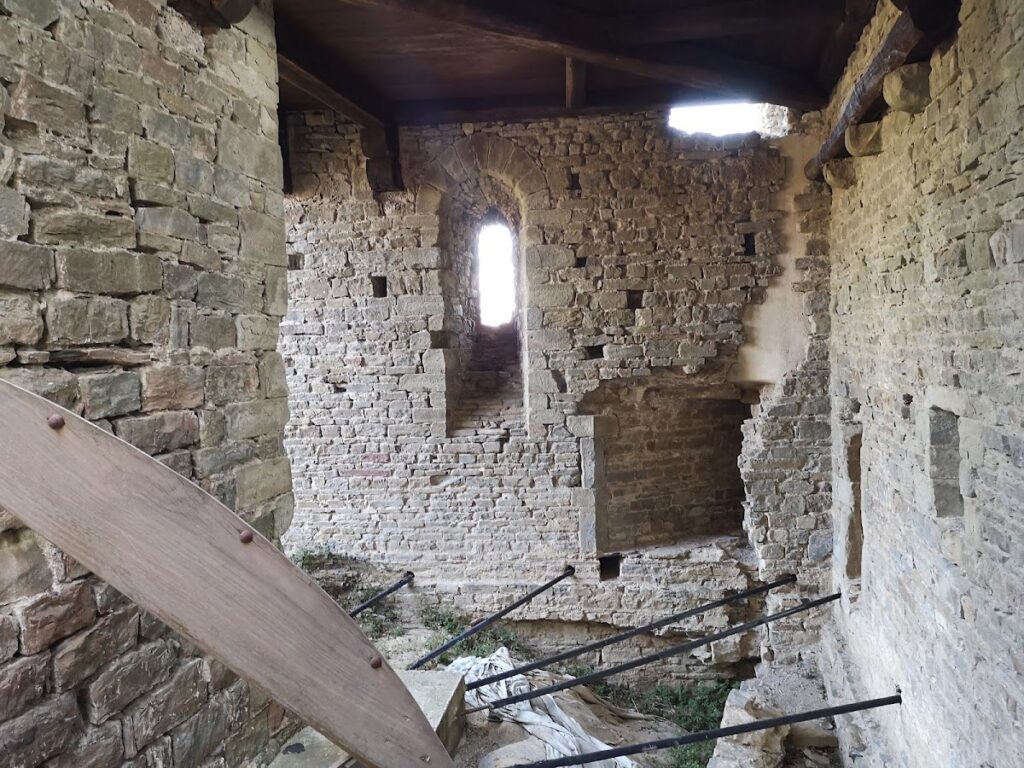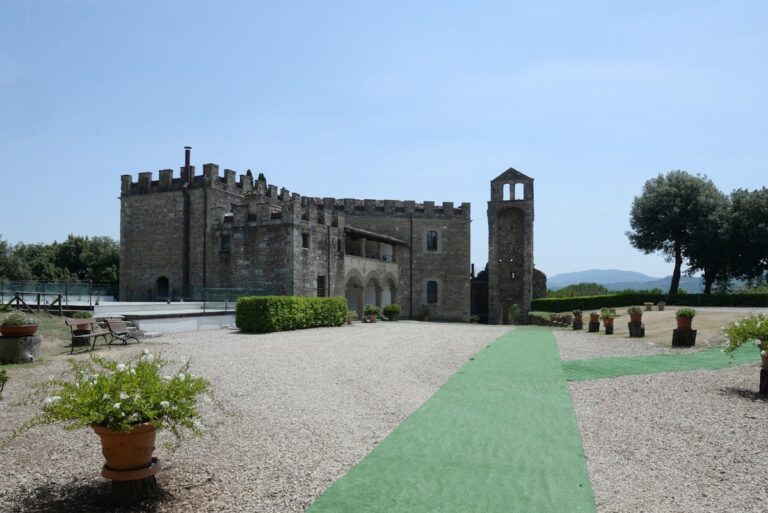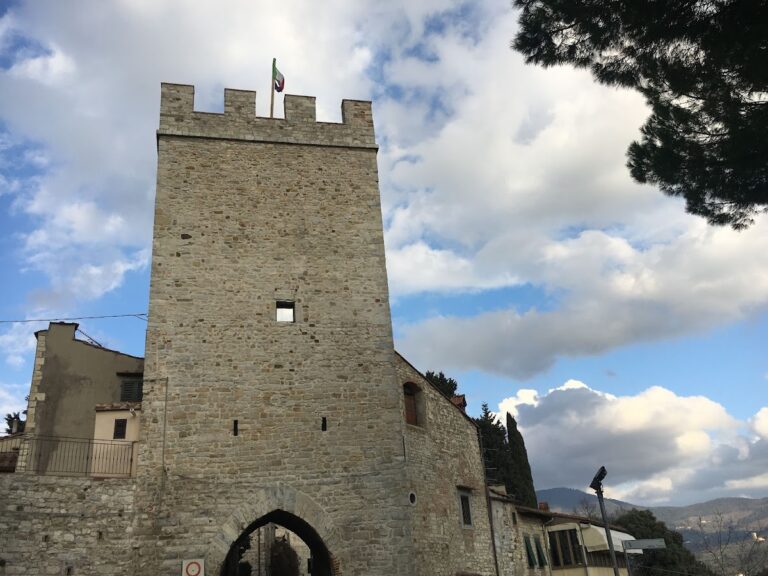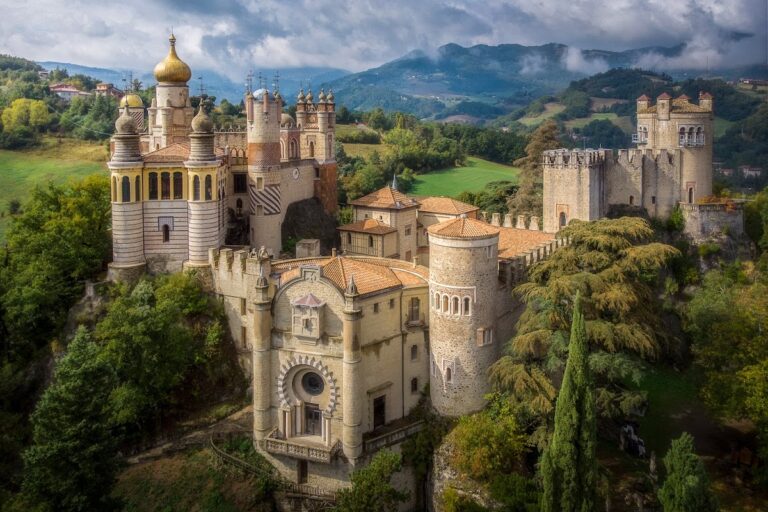Rocca di Cerbaia: A Medieval Fortress in Cantagallo, Italy
Visitor Information
Google Rating: 4.5
Popularity: Low
Google Maps: View on Google Maps
Official Website: www.castellitoscani.com
Country: Italy
Civilization: Unclassified
Remains: Military
History
The Rocca di Cerbaia is a medieval fortress located in the municipality of Cantagallo, Italy. Constructed by the feudal Alberti family in the early 12th century, it was established to protect an important regional route known as the “strada di Lombardia,” linking central Italy to Lombardy.
By 1164, the fortress was officially granted to the Alberti counts by Emperor Frederick Barbarossa, marking the beginning of its role as a noble residence and military stronghold. Throughout the 13th century, it became a focal point in the struggles between the Alberti lords and the growing civic power of the nearby town of Prato. This period was marked by tense conflicts reflecting the broader friction between feudal authorities and emerging communal governments in medieval Italy.
The fortress also holds notable personal histories. Adelaide degli Alberti met her husband Ezzelino II da Romano on its grounds. Their daughter, Cunizza da Romano, who is mentioned by Dante Alighieri in his poem Paradiso, spent her later years at Cerbaia, where she made her will in 1278 and was likely interred in a cemetery adjacent to the fortress.
In 1361, the last Alberti count, Niccolò Aghinolfo, sold the fortress to the city of Florence. Recognizing its strategic position, Florence reinforced the fortress and maintained a military garrison there into the 15th century. After its military use waned, the Rocca transitioned into a noble residence; the Novellucci family took possession in the 17th century, followed by the Eldmann family in the 19th century.
At the close of the 20th century, the local municipality acquired the fortress, initiating efforts to restore and preserve the site for its cultural and historical importance.
Dante Alighieri’s writings further connect the fortress to medieval history. He references the Rocca di Cerbaia in both Inferno and Purgatorio, highlighting the violent deeds of some Alberti family members. A Florentine legend from the 15th century recounts an event when Dante, caught in a snowstorm in 1285, was refused shelter by the Alberti counts at the Rocca and had to find refuge in a shepherd’s hut at the base of the fortress, which remains in ruins today.
Remains
The Rocca di Cerbaia is built primarily of local sandstone laid in regular horizontal courses, a technique known as filaretto, giving the fortress a sturdy and orderly appearance. The layout consists of two defensive walls arranged in concentric circuits, encircling the central keep, known as the mastio.
The outer, larger circuit includes the remains of a small medieval oratory featuring characteristic apses, which reveals the religious presence within the fortress walls. Moving inward, the second, inner ring of walls encloses several service rooms and a covered cistern with a barrel-vaulted ceiling, designed to store water essential during sieges.
At the heart of the complex stands the massive pentagonal tower, although much of this central structure has collapsed. This tower housed the main watchtower or mastio, which was originally taller and equipped with windows and narrow arrow slits used for defense. Architectural studies suggest that the keep was reconstructed in the latter half of the 13th century, drawing inspiration from the designs of the Emperor’s Castle in Prato, which displays similar stylistic elements.
Below the fortress lies the Ponte di Cerbaia, a bridge with historical ties to the site, likely serving as an access point across surrounding terrain.
Together, these elements illustrate the fortress’s evolution as a fortified residence designed for both defense and noble habitation, with surviving features that speak to its medieval military and domestic functions.










